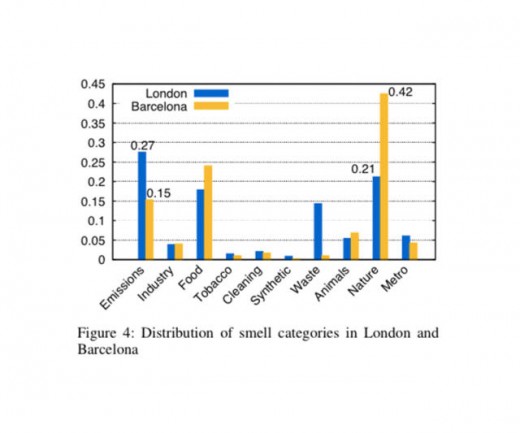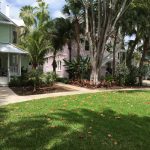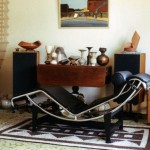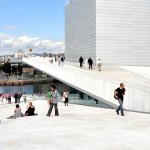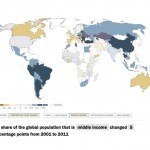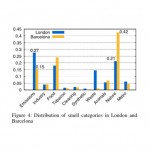Cities Are Home To Billions Of Smells–Can We Map Them Like Landmarks?
Scientists are producing smell maps of urban centers, so officials can pay more attention to our most neglected sense. Eau de dog piss, anyone?
Cities are full of smells, some pleasant and some gross. Each place has its own combinations, whether it’s the exotic whiff of street food, the stench of people making a living, or the sweet smell of smog. Smells are evocative, situating us in a particular time and space, both in actuality and memory.
Now, a group of researchers is trying to capture some of this olfactory complexity in “smell maps” that record odors in different cities. In doing so, they hope to raise the profile of “smell” as something that should be on the urban agenda, putting it on a similar footing to our other senses. They want us to care about the way cities smell as much as what they look like.

“Humans are able to potentially discriminate one trillion different odors. Yet city officials and urban planners deal only with the management of less than ten [really] bad odors. Why this negative and oversimplified perspective?” says Daniele Quercia, a researcher at the University of Cambridge.
Quercia argues that cities don’t record a wider range of smells because they either don’t think they’re important or because there’s no easy way to do it. There are a lot of smells out there, but the researchers provide one possible recording method: using what people say about places on social media.
One of the researchers, Kate McLean (who we wrote about previously here) has recorded “smellscapes” manually. For her PhD, she asked volunteers to walk around several cities and write down words describing what came to their noses. This might be “rubber” or “bleach” or “lavender,” say. The four researchers have now taken those words and produced a 10-point categorization system (“lavender” falls under “nature,” for example). Using that, they can then see how often those words appear and start to map the city on a larger scale.
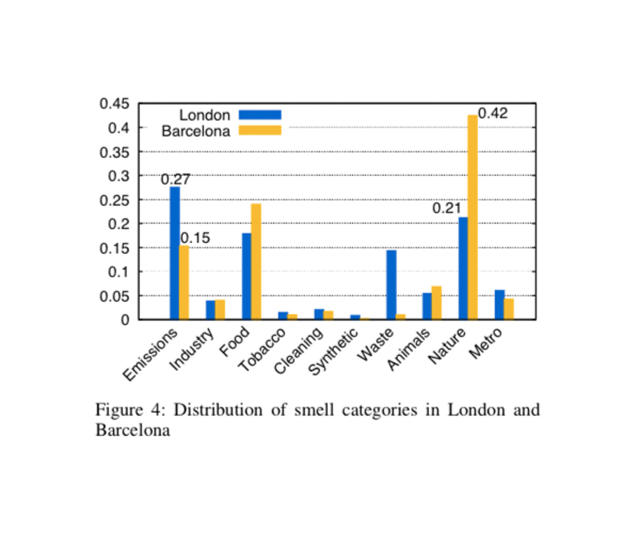
As they explain in a recent paper, they mined a total of 17 million photos, 154 million Instagram photos, and 5.3 million Tweets covering London and Barcelona, searching for the keywords. You can see the resulting maps here, with hotspots for each category highlighted.
Quercia hopes the work will one day lead planners to incorporate smell into their thinking about street design (for airflow), the balance of walking versus driving in cities, and tree-planting. Smellscapes could also become feature on Google Maps or similar services, he says.
“In the near future, new way-finding tools might well suggest not only shortest routes between points but also short ones that are olfactorily pleasant. For example, runners might wish to avoid emission-infused streets,” he says. “Our methodology allows for the development of new tools to map smellscapes [and shows how the public can have] a critical voice in the positive and negative roles that smell have to play in the city.”
Fast Company , Read Full Story
(179)

